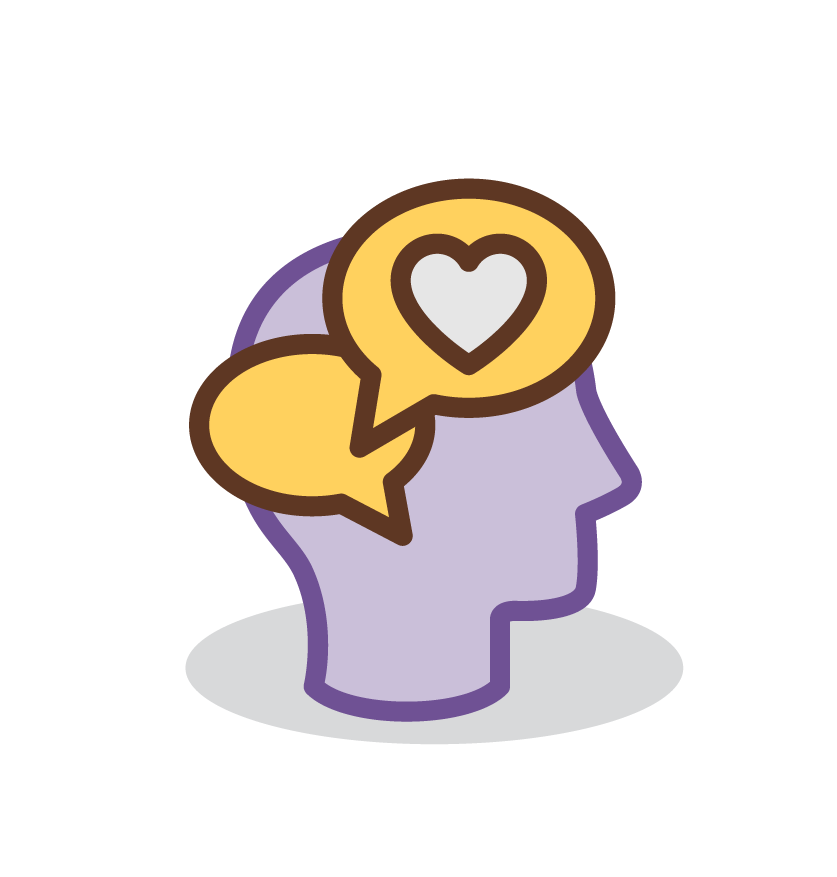UDL, a blog series…
To recap, the first blog post in the series describes the principles of UDL and how to take the initial small step into achieving a UDL classroom. You can find the link back to the first post of this series.
Universal Design for Learning (UDL) “is a framework to improve and optimize teaching and learning for all people based on scientific insights in how humans learn” (Cast.org). UDL can create an equitable and inclusive learning environment for all students in the classroom.
Within the UDL framework, there are three major categories and their subcategories:
Multiple means of representation
Multiple means of engagement
Multiple means of actions and expression
Executive functions represent human abilities to act skillfully. Linked to the human brain, specifically the prefrontal cortex, these abilities enable humans to counter impulsive, short-term responses to their immediate environment and instead set long-term goals, plan efficient strategies to achieve these goals, track their progress, and adjust strategies as necessary.
The fact that our limited working memory restricts executive function capabilities is crucial information for educators. In particular, executive functions may be limited in the following two situations:
- Executive functioning capacity must be used to manage lower level thinking skills, such as observing, memorizing, or recollecting, and responses that are not automatic or fluent, taking away from the capacity for higher level thinking skills such as analysis, synthesis and creation;
- Executive capacity is reduced due to a higher level disability or a lack of fluency with strategies connected to executive functions.
According to the UDL framework, we can increase executive capacity by scaffolding higher level executive abilities and techniques so they are more developed and effective, and by scaffolding lower level skills so they require less executive processing. This scaffolding focuses on 1. providing guided appropriate goal-settings, 2. supporting planning strategies and development, 3. facilitating managing information and resources, and 4. enhancing the capacity for monitoring progression.
Guide appropriate goal setting:
While we cannot assume that students establish suitable goals for their work – or know how to set goals, we can guide them with strategies, reflection, and processes towards goal-setting . CAST suggests four ways you can guide students in their goal-setting practice:
- Provide prompts and scaffolds to estimate effort, resources, and difficulty. This could be a sense of how long a particular task or assignment may take, where to find resources, or an indication how this assignment connects in difficulty with other assignments and tasks in the course. One resource for checking how long an assignment can take is the Course Load Estimator.
- Provide models or examples of the process and product of goal-setting. Consider building in time for larger projects to make the goal-setting process visible
- Provide guides and checklists for scaffolding goal-setting
- Post goals, objectives, and schedules in an obvious place
Support planning and strategy development:
Learning requires planning and developing strategies, but the step of planning may not always be possible or well-known. Here are some strategies for your course to help students with execution functions. In particular, the process of strategic planning is frequently skipped; instead, trial and error methods are used.
CAST recommends the following strategies:
- Embed prompts to “stop and think” before acting as well as adequate space and time; for example, consider giving everyone a minute of silent thinking before you allow students to answer your question.
- Embed prompts to “show and explain your work” (e.g., portfolio review, art critiques)
- Provide checklists and project planning templates for understanding the problem, setting up prioritization, sequences, and schedules of steps
- Embed coaches or mentors who model think-alouds of the process
- Provide guides for breaking long-term goals into reachable short-term objectives
Facilitate managing information and resources
Working memory and how it works are one of the limits imposed on executive function. Many students can seem as unprepared, unorganized, and forgetful as a result. It is crucial to offer a variety of internal scaffolding and external organizing aids to keep material organized. A great example is to use note taking tools for your students. In Moodle, you can find a note taking assignment that follows the Cornell Notes Template. If you would like to know more about Cornell Notes taking or how to install them into Moodle, please contact Academic Technology.
Enhance capacity for monitoring progress
Because students must have a clear understanding of their progress—or lack thereof, timely, accessible, and specific feedback is essential. Some students may seem negligent or disinterested because they do not understand the usefulness of feedback or how to use feedback effectively. Formative feedback is crucial so that students may properly track their own development and focus effectively on areas they need to grow in. Gradescope or hypothes.is are great tools to give feedback in a timely manner for students. Other suggestions include arranging one-on-one meetings, using rubrics, give examples of assessments in the course.
References:
CAST, UDL Guidelines for Action and Expression, accessed October 2022


 Provide options for comprehension
Provide options for comprehension




